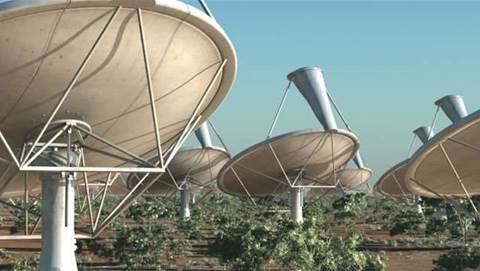Early adopters of Murdoch University’s $5 million Linux cluster have spent the past five months studying radioastronomy, nuclear fusion and weather patterns on the 87.2 TFlop machine.

The projects were chosen by operator iVEC late last year, ahead of the supercomputer’s official launch this month.
Researchers were largely supportive of the HP POD deployment, dubbed Epic@Murdoch, which is part of the Australian Government’s $80 million Pawsey project.
Curtin University professor Igor Bray used the machine to model atomic collisions, contributing to the development of nuclear fusion technology – the “most dense source of energy known in the universe”.
Toby Potter of the University of Western Australia used Epic@Murdoch to simulate an exploding star, in an effort to shed more light on theoretical supernova models.
Meanwhile, Sydney-based CSIRO scientist Tim Cornwall was preparing software for making sense of data from the Australian SKA Pathfinder (ASKAP) radio telescope.
But not all research projects are suited to supercomputing. In Murdoch’s Atmospheric Science lab, researchers run various climate models on either Epic@Murdoch, or 17 networked end-of-life PCs.
While Jatin Kala used Epic to produce “farm-level” weather predictions for southwest Western Australia, his colleague Brad Evans ran serial software on a home-made cluster of Pentium 4 machines.



_(22).jpg&h=140&w=231&c=1&s=0)

.png&h=140&w=231&c=1&s=0)



_(26).jpg&w=100&c=1&s=0)

 iTnews Executive Retreat - Security Leaders Edition
iTnews Executive Retreat - Security Leaders Edition











_(1).jpg&h=140&w=231&c=1&s=0)



